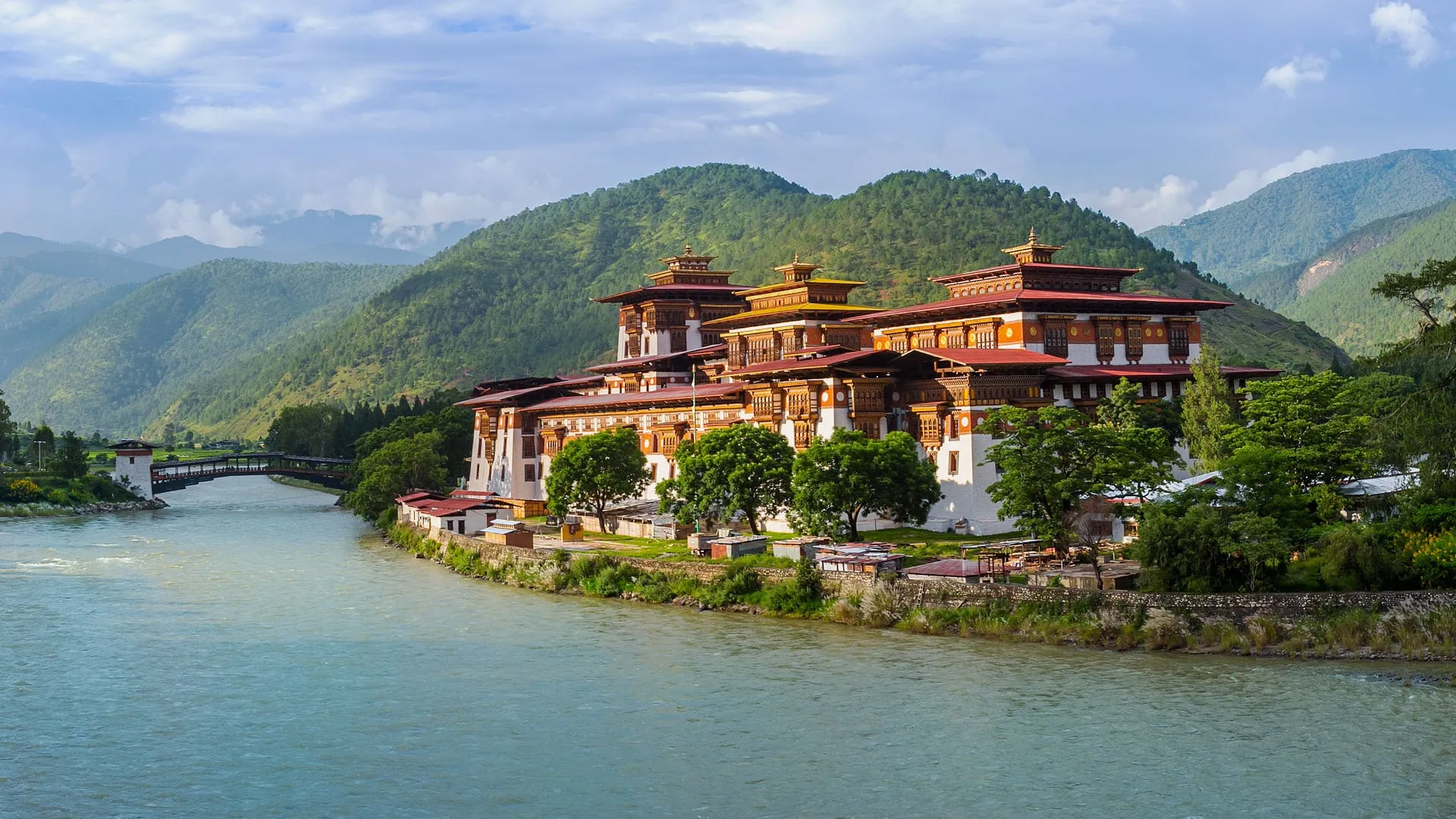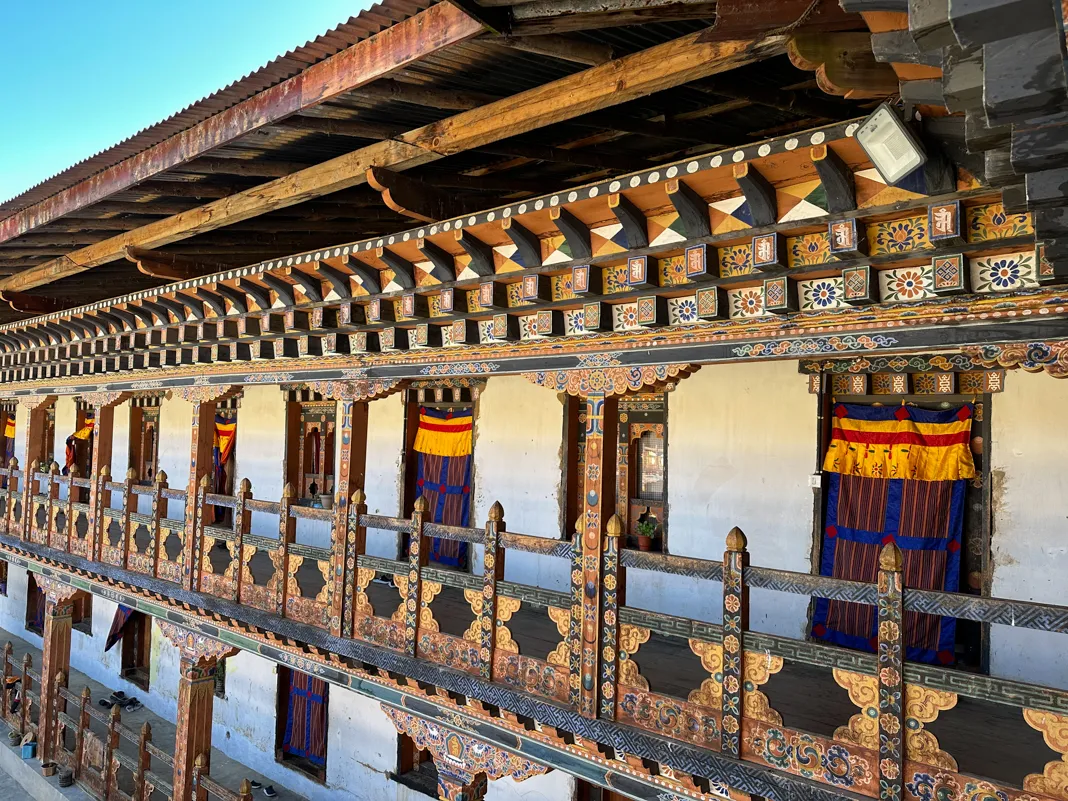Exploring Bhutan's Rich History: From Ancient Kingdoms to Modern Times
Explore Bhutan's rich history through its ancient fortresses, sacred monasteries, and vibrant culture, blending tradition with modernity.
Bhutan, often referred to as the "Land of the Thunder Dragon," is a country steeped in rich history and vibrant culture. From ancient kingdoms and sacred monasteries to modern-day developments, Bhutan offers a unique glimpse into a world where tradition meets progress. This blog will guide you through the historical landmarks and cultural experiences that make Bhutan a must-visit destination. We will cover everything a traveler needs to know, from costs to essential travel tips.
1. Thimphu: The Modern Capital with Historical Charm
Highlights:
- Tashichho Dzong: A stunning fortress and monastery.
- National Memorial Chorten: A stupa dedicated to world peace.
- Buddha Dordenma: A gigantic Buddha statue offering panoramic views of the city.

Details: Thimphu, the capital city, is a perfect blend of old and new. Start your journey at Tashichho Dzong, a magnificent fortress that houses the throne room and offices of the king. The National Memorial Chorten is another must-visit, where locals gather to pray and meditate. Don't miss the Buddha Dordenma, a colossal statue that stands 169 feet tall, offering breathtaking views of the Thimphu Valley.
Costs:
- Entrance fees: Most historical sites have a nominal entrance fee ranging from $5 to $15.
- Accommodation: Mid-range hotels cost around $50-$100 per night, while luxury hotels range from $200-$500 per night.
- Meals: Expect to spend $10-$30 per meal at local restaurants.
2. Paro: Gateway to the Kingdom's Past
Highlights:
- Paro Taktsang (Tiger's Nest): A sacred monastery perched on a cliff.
- Rinpung Dzong: A historic fortress with stunning architecture.
- Drukgyel Dzong: Ruins of a fortress built to commemorate a victory over Tibetan invaders.

Details: Paro is home to some of Bhutan's most iconic landmarks. The Tiger's Nest Monastery, perched on a cliff 3,120 meters above sea level, is a must-visit. The hike to the monastery takes around 4-5 hours round trip and offers stunning views. Rinpung Dzong, also known as the "Fortress of the Heap of Jewels," is another architectural marvel. Lastly, visit the ruins of Drukgyel Dzong, which offer a glimpse into Bhutan's military history.
Costs:
- Entrance fees: Around $10-$20 for major sites.
- Guided tours: Hiring a guide for a day costs approximately $30-$50.
- Accommodation: Budget hotels range from $30-$60 per night, with luxury options available for $150-$400 per night.
3. Punakha: The Ancient Capital
Highlights:
- Punakha Dzong: Known as the "Palace of Great Happiness."
- Chimi Lhakhang: The fertility temple.
- Khamsum Yulley Namgyal Chorten: A beautiful hilltop stupa.

Details: Punakha, the former capital of Bhutan, is known for its stunning Punakha Dzong, one of the most beautiful dzongs in the country. Chimi Lhakhang, also known as the fertility temple, is a popular pilgrimage site for couples wishing to conceive. For a serene experience, visit Khamsum Yulley Namgyal Chorten, which offers panoramic views of the Punakha Valley.
Costs:
- Entrance fees: Approximately $5-$15 per site.
- Transportation: Hiring a taxi for a day trip costs around $50-$70.
- Accommodation: Prices range from $40-$120 per night for mid-range hotels.
4. Trongsa: The Heart of Bhutan's History
Highlights:
- Trongsa Dzong: The largest fortress in Bhutan.
- Ta Dzong: A watchtower turned museum.

Details: Trongsa is centrally located and historically significant as the ancestral home of Bhutan's royal family. The Trongsa Dzong is the largest fortress in Bhutan, offering insights into the country's history and culture. Visit Ta Dzong, a watchtower that now houses a museum dedicated to the Wangchuck dynasty, Bhutan's royal family.
Costs:
- Entrance fees: Around $10 per site.
- Museum tickets: Approximately $5-$10.
- Accommodation: Mid-range options are available for $50-$100 per night.
5. Bumthang: The Cultural Heartland
Highlights:
- Jakar Dzong: Known as the "Castle of the White Bird."
- Kurjey Lhakhang: A sacred monastery with a body imprint of Guru Rinpoche.
- Tamshing Lhakhang: Home to ancient religious paintings.

Details: Bumthang is often referred to as the cultural heartland of Bhutan. Jakar Dzong, a fortress overlooking the Chokhor Valley, is a prominent landmark. Kurjey Lhakhang is a revered monastery where Guru Rinpoche is said to have meditated, leaving a body imprint on a rock. Tamshing Lhakhang, founded in 1501, is known for its ancient religious paintings.
Costs:
- Entrance fees: Typically $5-$15 per site.
- Guided tours: Around $30-$50 per day.
- Accommodation: Budget-friendly options range from $30-$70 per night.
Travel Tips for Exploring Bhutan's Historical Sites
- Visa and Permits: All foreign visitors (except Indian, Bangladeshi, and Maldivian nationals) need a visa to enter Bhutan. The visa costs $40, and tourists must book their trip through a licensed Bhutanese tour operator.
- Daily Tariff: Bhutan has a mandatory daily tariff for tourists, which includes accommodation, meals, a licensed guide, and transportation within Bhutan. The cost is $250 per person per day during peak season (March, April, May, September, October, and November) and $200 during the off-season (January, February, June, July, August, and December).
- Clothing: Dress modestly when visiting religious sites. Long sleeves and long pants or skirts are recommended.
- Weather: Bhutan's weather can vary greatly depending on the region and season. Pack accordingly, with layers for colder areas and lighter clothing for warmer regions.
- Health: Altitude sickness can be a concern in higher elevations. Drink plenty of water and take it easy until you acclimatize.







